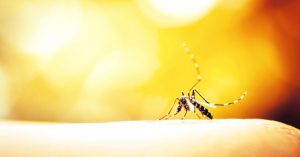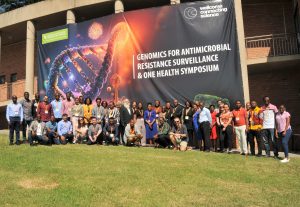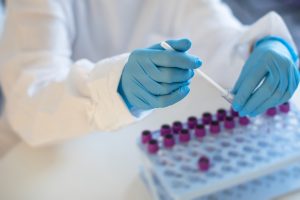Nanosized particles (≤100nm in size) of gold are materials of great value with huge potential in biomedical, industrial and environmental applications. The biological applications include bio-labelling, drug/gene delivery, imaging, and sensing. For instance biological molecules can be adsorbed on the gold nanoparticle surfaces for release inside the cells. They are currently in use as sensitive detection x-ray contrast agent due to their radioactive-labelling by neutron activation. Apart from that they are of high interest to chemists as reliable, fast and cost effective catalyst for the synthesis of substrates especially in synthetic chemistry for the oxidation of CO and CH3OH to CO2.

The technology holds great promise because of their small size which gives them new diverse properties that are different from the bulk gold. The diverse properties include size and size distribution, surface chemistry, agglomeration and aggregation, shapes, solubility and dispersibility, surface charge and surface area. The shapes may vary from star, rod, sphere, triangular, wires, bipyramids, branched nanocrystals, to nail like etc.
Types of Gold nanoparticles structures

As growth of the technology continues there is need for tighter toxicological regulations arising from it anthropogenic sources especially to human health and safety risks associated. These potential adverse effects ought to be examined for biocompatibility and environmental impact before they can be manufactured on large scale for in-vivo usage.
The likely exposures to AuNPs and its nanomaterials can occur during development, production or synthesis, use, waste disposal, and as AuNP-composite bound consumer products in markets, homes, and outdoor activities. These exposures may account for their accumulation in the soil, water bodies, animals and plants which may lead to environmental hazards of unknown degree. The possible routes of exposures to human are by inhalation, absorption through the skin contact, ingestion, injection (medical procedures) and release from implants. They can also be found in the environment as airborne thereby adhering to surfaces making it difficult to detect. Their persistent and bioaccumulation in these environments can elevate health risk to organisms and the environment. This may give them the possibilities of entering the food chain thereby influencing the biotic and abiotic processes. Similar to other nanoparticles, AuNPs have been shown to cross the blood brain barrier to the brain, umbilical cord and even to the foetus. It is therefore, the responsibility of AuNPs-manufacturers to determine whether their products have any risk to human health and the environment.
Despite the impact made by the nanoparticles, a total review of their toxicity may be of fundamental important to human and the environment. In view of the above, NIOH has initiated major research project to investigate the toxicity of gold nanoparticles and generate data needed for the risk assessment of these nanoparticles.




